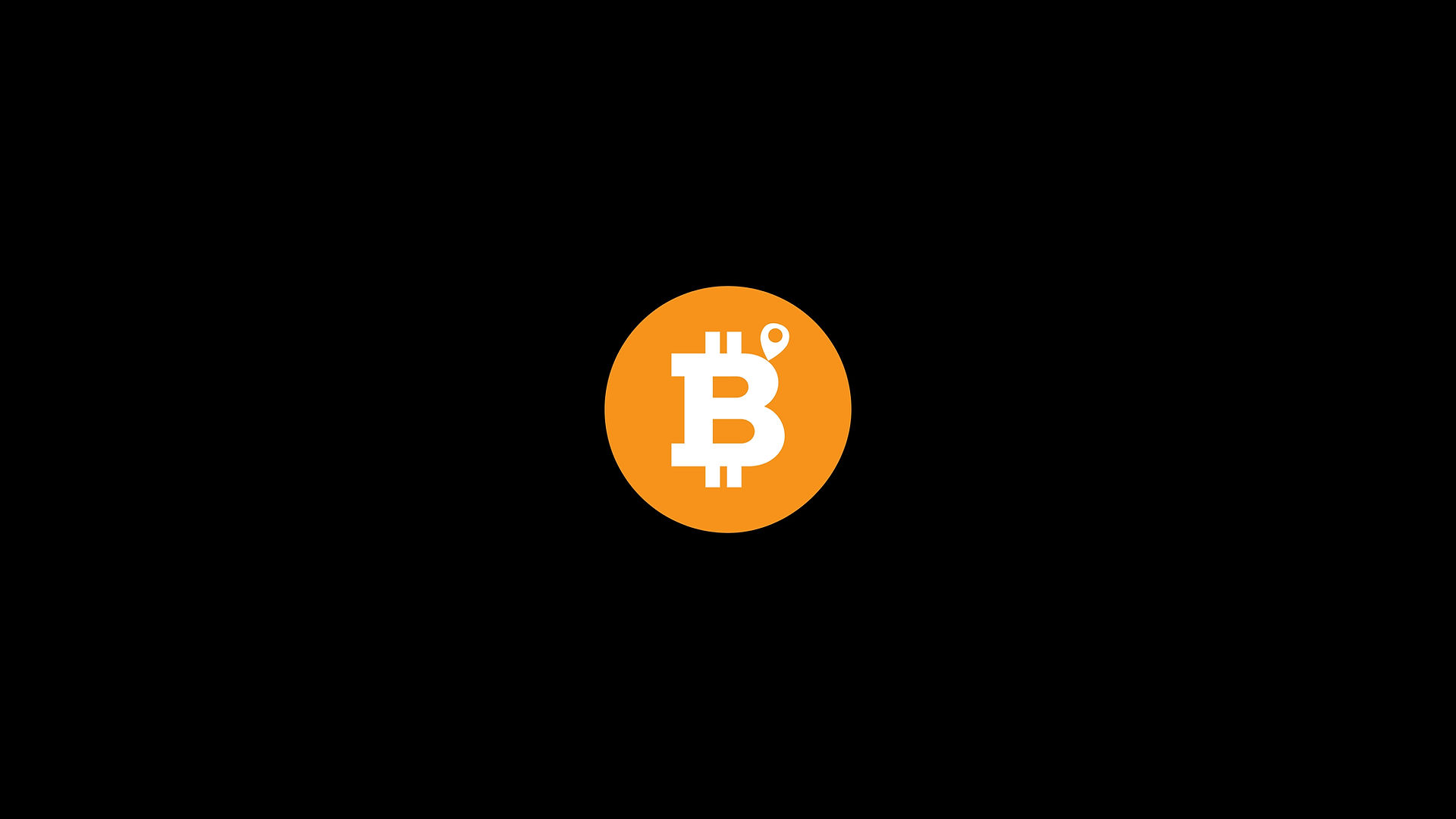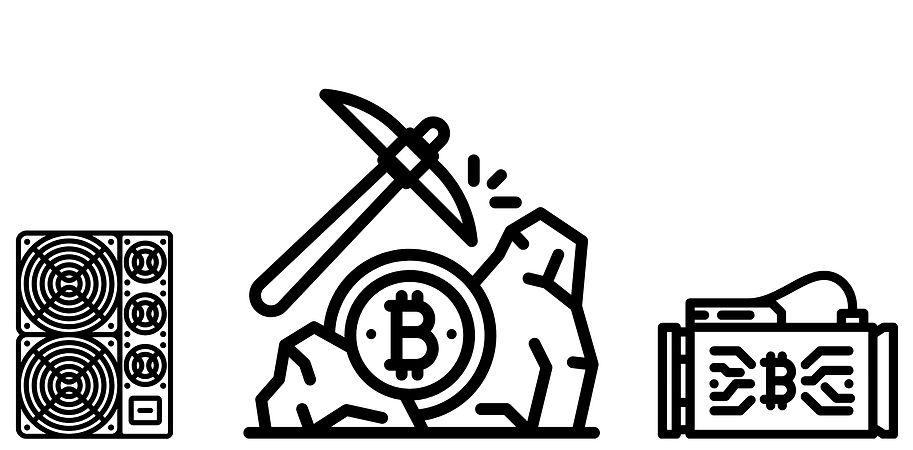

Bitcoin Mining
Bitcoin mining involves miners using specialized computers to perform Proof of Work (PoW), solving complex mathematical puzzles, specifically SHA-256 hash functions, to validate transactions and add them to the blockchain. Miners compete to find a hash below a target value, requiring significant computational power and energy. The first to solve it broadcasts the solution, and if verified by the network, they earn a block reward (newly minted bitcoins plus transaction fees). The difficulty adjusts every 2,016 blocks to maintain a ~10-minute block time. PoW secures the network, ensuring Bitcoin’s decentralised, trustless operation by making attacks computationally expensive.

Security through Proof of Work (PoW)
Mining Bitcoin demands substantial computational power and energy, making it costly for malicious actors to attempt attacks like double-spending or rewriting the blockchain. To alter a block, an attacker would need to control 51% of the network’s hash rate, an economically prohibitive feat due to the decentralised network of miners.
Even if a miner gained 51% of Bitcoin’s network hash rate, launching an attack (such as double-spending or rewriting the blockchain) would be economically irrational. Such an attack would erode trust in Bitcoin, crashing its value and rendering the miner’s rewards worthless. The massive capital invested in specialized ASIC miners, which are purpose-built for Bitcoin mining and useless for other tasks, plus the enormous electricity costs, represent a sunk investment. Destroying Bitcoin’s value would ruin the miner’s business, as their infrastructure relies entirely on the network’s success, making cooperation more profitable than sabotage.
In summary, PoW ensures Bitcoin’s integrity, immutability, and trustless operation, safeguarding the network against tampering and fraud.
Is Bitcoin mining worth it for you?
Bitcoin mining’s worth depends on electricity costs, hardware efficiency, and Bitcoin’s price. High energy prices and competition from large-scale miners with advanced ASICs make it unprofitable for small-scale miners unless electricity is cheap (below $0.05/kWh). Efficient hardware like the Bitmain Antminer S19 can still yield profits in low-cost regions, but upfront costs (us$2,000-$5,000) and halving events reducing rewards (currently 3.125 BTC per block) shrink margins. For most individuals, mining is less profitable than buying Bitcoin directly, but it can support network security and decentralisation if done strategically.
You can use a mining calculator such as CoinWarz to work out if mining can be profitable for you depending on the miner you're looking to buy.
Solo Mining
Solo mining with low-power lottery miners like Solosatoshis offers an alternative to pool mining for those with high electricity costs. These compact devices use minimal energy, costing just a few dollars monthly, while still contributing to Bitcoin’s network decentralization. Unlike pool mining, where rewards are split, solo mining gives a slim but real chance to win a full block reward (currently 3.125 BTC plus fees), making it a low-cost, high-reward gamble for supporting the network. I personally use a Bitaxe Touch and find it amazing.
Check out their website by clicking on their logo below.
Links to more mining equipment:
Just click on the images below to visit their website.




